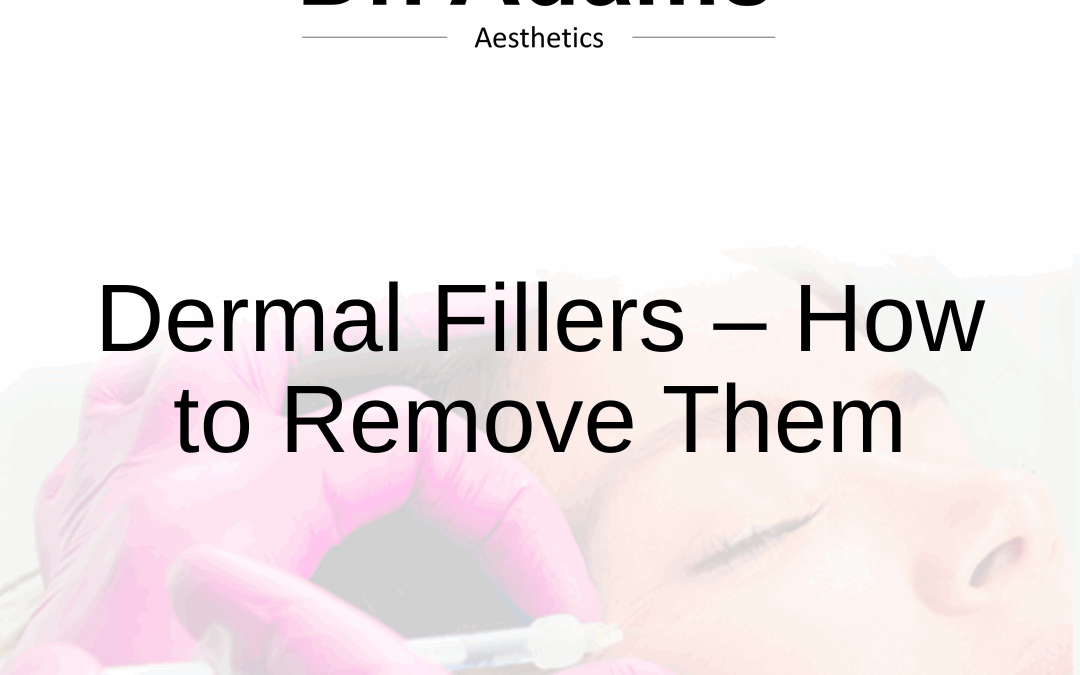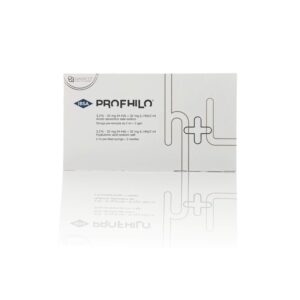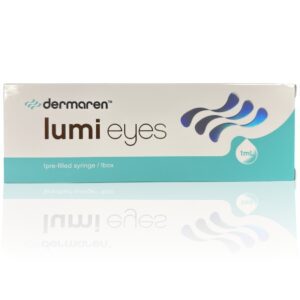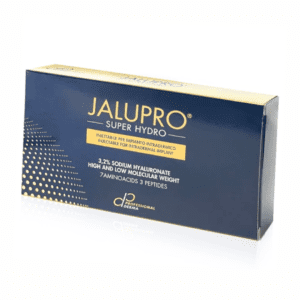Dermal fillers have become a popular solution for enhancing facial contours, adding volume, and reducing the appearance of wrinkles. They are often chosen for their effectiveness and minimally invasive application. However, there are instances where individuals may want to remove their dermal fillers, whether due to unsatisfactory results, complications, or simply a change in personal aesthetic preferences. Fortunately, there are established methods for safely removing dermal fillers, depending on the type of filler used.
Understanding Dermal Fillers
Dermal fillers are typically composed of substances like hyaluronic acid (HA), calcium hydroxylapatite, or poly-L-lactic acid. Hyaluronic acid fillers, which are the most widely used, provide temporary results since HA is naturally broken down by the body over time. Non-HA fillers, on the other hand, are semi-permanent or long-lasting and require different removal techniques.
Methods to Remove Dermal Fillers
- Enzymatic Dissolution for Hyaluronic Acid Fillers
Hyaluronic acid fillers can be dissolved using an enzyme called hyaluronidase. This enzyme specifically targets and breaks down HA molecules, allowing the body to reabsorb them naturally. The procedure involves injecting hyaluronidase directly into the area where the filler is located. The results are often visible within 24 to 48 hours, though multiple sessions may be required for significant corrections. Hyaluronidase is a fast and effective solution, though it must be administered by a qualified professional to minimize risks such as overcorrection or allergic reactions.
- Massage or Adjustment
For minor irregularities or swelling, gentle massage performed by a trained practitioner can sometimes help smooth or redistribute the filler. It’s essential to consult a professional before attempting this method to prevent unintended results.
- Time and Natural Breakdown
If a patient is willing to wait, most dermal fillers naturally break down over time. Hyaluronic acid fillers typically last between 6 to 18 months, depending on the product and area treated. While this may not be the fastest option, it is non-invasive and carries no additional risks.
- Surgical Removal for Non-HA Fillers
For long-lasting fillers like poly-L-lactic acid or silicone-based options, removal is more challenging. These fillers cannot be dissolved and may require surgical intervention for extraction. This option is typically considered a last resort and should only be performed by an experienced plastic surgeon or dermatologist.
Important Considerations
Before pursuing dermal filler removal, it is vital to consult with a qualified practitioner who can evaluate your concerns and recommend the best approach based on the type of filler and the specific issue. Over-the-counter or unapproved methods should be avoided, as these can lead to complications or further dissatisfaction with results.
Final Thoughts
Removing dermal fillers can be straightforward if handled appropriately and with professional care. Whether you’re looking to reverse an undesired effect or adjust your aesthetic preferences, modern techniques ensure safe and effective options tailored to your needs. Always choose an experienced practitioner to guide you through the process, ensuring the health and appearance of your skin are maintained.







